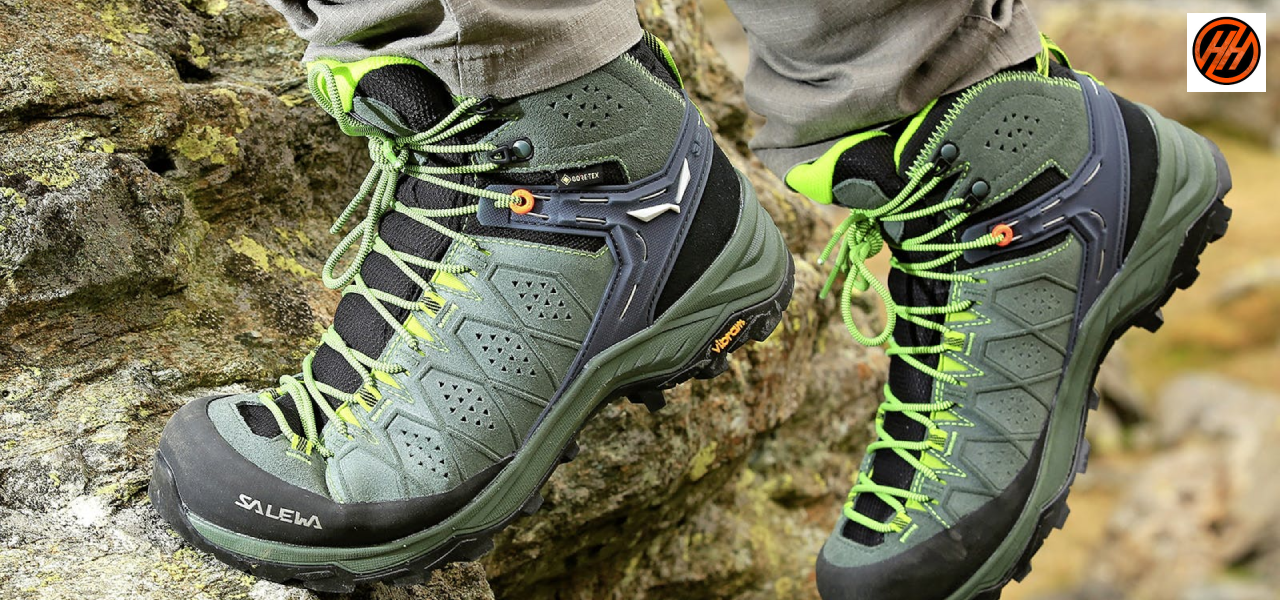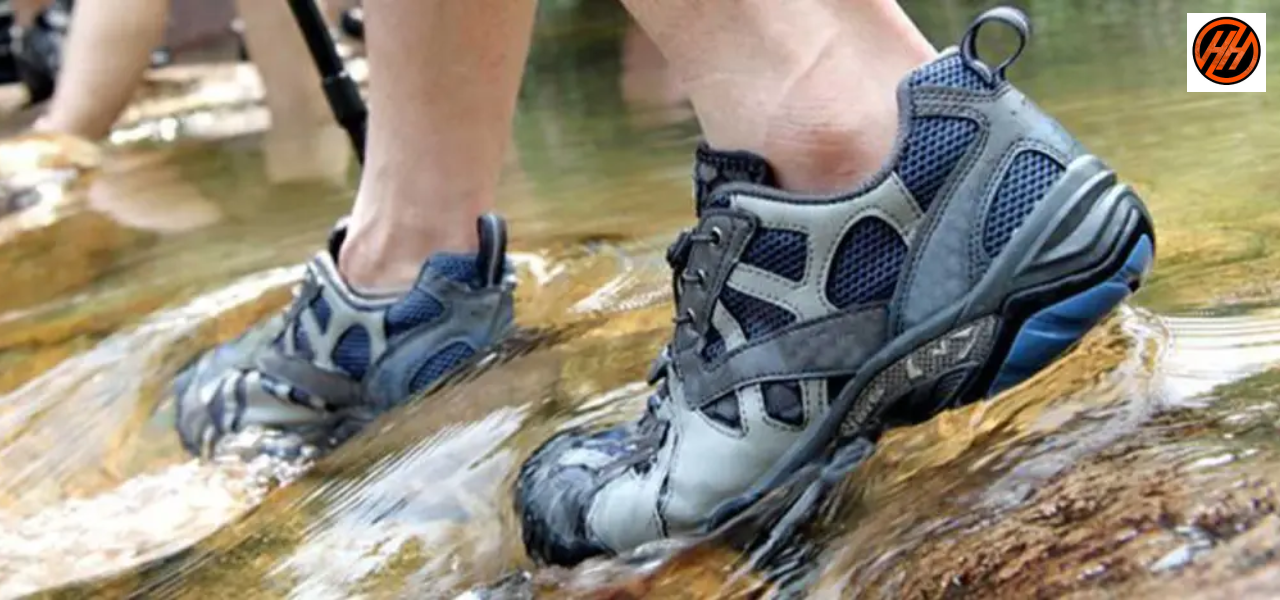
Trekking Shoes vs Regular Shoes
Trekking Shoes vs Regular Shoes: The ₹5000 Difference That Saves Lives
Trekking is not just walking in the mountains. It’s a full-body, mind-focused adventure through unpredictable terrain, sudden weather changes, and physically demanding conditions. Amidst all your gear, one item literally bears your entire weight — your shoes.
And yet, many first-timers make the mistake of trekking in regular shoes or sports sneakers, only to regret it when it’s too late. Here’s a complete breakdown of why trekking shoes are not a luxury but a necessity.
1. Grip: Your First Line of Defense
Imagine descending a muddy slope in monsoon, or walking over icy patches in early May in the Himalayas. Regular shoes have smooth or shallow soles — not made to deal with slippery ground.
Trekking shoes are designed with deep lug patterns (like a tractor tire) to maximize traction. They prevent you from slipping on rocks, wet grass, loose gravel, or snow.
Key Feature: Vibram or deep-rubber soles
2. Ankle Support: Preventing Trek-Stopping Injuries
One wrong step on uneven terrain can twist your ankle badly. Regular shoes offer zero protection.
Trekking shoes are mostly mid to high-ankle in design, which supports your ankles and prevents painful sprains. On steep descents or rock jumps, this feature becomes critical.
Pro Tip: High-ankle shoes help even when carrying heavy backpacks
3. Waterproofing and Breathability: Stay Dry & Comfortable
Trekking shoes use materials like Gore-Tex membranes or synthetic waterproofing that repel water while allowing heat and sweat to escape.
- Regular shoes soak water easily, leading to cold, wet feet.
- Wet feet = blisters, fungal infections, discomfort
Good trekking shoes = Dry, warm, blister-free trekking.
Perfect for: Monsoon treks, river crossings, snow zones
4. Cushioning and Shock Absorption
Trekking means hours of climbing, jumping, descending — sometimes up to 8 hours a day. The continuous impact stresses your knees and soles.
Trekking shoes have extra cushioning under the heel and arch area. Some also come with EVA midsoles or gel pads to absorb shock.
Tip: Check for removable insoles so you can use orthopedic or gel soles if needed.
5. Season-Specific Features: Not All Trails Are the Same
Winter/Snow Treks:
- Look for insulation & waterproofing
- High-ankle is mandatory
- Example: Kedarkantha, Brahmatal, Chadar Trek
Monsoon Treks:
- Strong anti-slip sole
- Water-resistant upper
Example: Valley of Flowers, Tarsar Marsar
Summer Treks:
- Breathable mesh with good grip
- Lightweight structure
Example: Har Ki Dun, Hampta Pass
6. Fit: Comfort Equals Safety
A bad fit leads to toe bruises, blisters, or loose movement. Trekking shoes need:
- Room for toe movement (especially on descents)
- Snug fit around ankle and heel
- Comfort with thick woolen socks
Try-before-you-buy is essential
7. Durability: Long-Term Investment
A good pair of trekking shoes (in the ₹4000–9000 range) can easily last 6–10 Himalayan treks.
- Synthetic materials resist wear
- Rubber soles maintain grip
- Stitching is reinforced for rugged trails
With proper care (cleaning, airing, drying), they last years
8. Real-Life Example:
“On the Sar Pass Trek, one trekker wore gym shoes. By Day 2, his shoes were soaked and torn. He got severe blisters and had to return to base camp. Meanwhile, others in proper trekking shoes walked comfortably through snow and mud.”
9. Trekking Shoes vs Regular Shoes: Quick Comparison
| Feature | Trekking Shoes | Regular Shoes |
|---|---|---|
| Grip | Deep lug rubber sole | Flat sole, city use only |
| Ankle Support | Mid/High-ankle support | No ankle support |
| Waterproofing | Yes (in most) | No |
| Breathability | Designed for heat & sweat | Not suitable for cold/wet |
| Durability | 6–10 Treks | May tear in 1 trek |
| Blister Prevention | High (with socks) | Blisters common |
Final Thought: Shoes That Save Lives
People often spend ₹10,000–20,000 on trek bookings, backpacks, and clothes. But when it comes to shoes, they hesitate.
But remember: Your shoes are your most critical safety gear.
- The right pair supports your joints
- Prevents cold-related injuries
- Keeps your balance on slippery terrain
So yes, the ₹5000 you invest in a good pair of trekking shoes is not a cost.
It’s a life-saving decision.

